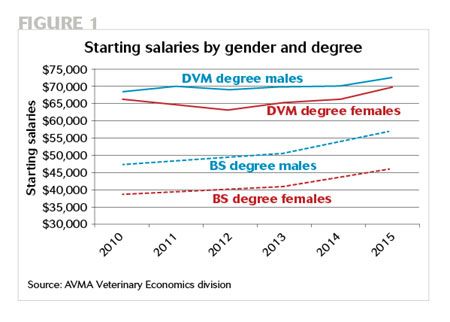Student debt: Good for the economy?
The answer? It's complicated. Let me explain.

Getty ImagesA recent article in the Wall Street Journal (WSJ) summarized the findings of a new report from the Whitehouse's Council of Economic Advisers (CEA) with the headline “Student Debt Helps, Not Harms the Economy.” Many readers noted they were simply perplexed by this. But this really wasn't what the CEA report found at all.
The CEA examined the school debt of all student debt holders, including those who failed to obtain a degree or certification, and those receiving associate, bachelor's and graduate degrees. And the report provides a comparison of mean debt and income for these groups as well as segmentation by type of school (for-profit, nonprofit and public).
What the CEA Report really says
Last year federal student loans helped 9 million Americans. The payoff for bachelor's and associate degree recipients? They earn an additional $1 million and $360,000 more in their lifetime income, respectively, compared to high school graduates. The average debt of all student loan borrowers is roughly $17,000, with 59 percent having less than $20,000. But the rise in student loan debt and the number of those with high levels of debt or low incomes has created a rise in default rates that are being addressed with the new income based repayment plans, such as the Revised Pay As You Earn (REPAYE) that caps the debt service to 10 percent of discretionary income.
Perhaps the most important finding was that aggregate student loan debt remains small relative to aggregate income (9 percent of aggregate income in 2015, up from 3 percent in 2003). The CEA report authors suggest that the gains from a college education provide increased economic activity, offsetting the debt servicing. And because many of the students with college student loans wouldn't have been able to attend college without access to federal loans, the added value of output from these graduates far exceeds the costs. So the student loans (debt) are good for the economy.
In essence, the CEA report really focuses on undergraduate debt and the economic return to education. This message is similar to what we've noted about veterinary student Net Present Value (NPV). The income earnings of veterinary graduates on average still exceed the cost of obtaining the DVM degree. Those costs include the lost earnings from a bachelor's degree for the four years in veterinary college, the real cost of tuition, fees and living expenses during veterinary college and the lost opportunity of earning a bachelor's level salary. (See figure 1, below.)

Education ROI: still high!
The falling NPV for veterinary students and some of the difference in the NPV between genders is a result of the declining gap between average veterinarian salaries and average bachelor's degree holder salaries. Of course, another principle reason for the decline in NPV for veterinarian degrees is the increasing debt-to-income ratio.
But the title of the WSJ article suggests that student debt enhances economic activity, increases GDP. This is incorrect. The CEA report notes only that the expenditures on education provide a large ROI. If you consider the change in the percent of disposable income spent on student debt in 2003 (3 percent) and that spent on student debt in 2015 (9 percent) you might conclude from the WSJ title that the economy has improved (and GDP increased) as a result of the increase percent of disposable income that is student debt.
Because 6 percent more of aggregate income has been used to fund education between 2003 and 2015, 6 percent of disposable income hasn't been spent on other goods and services. More important, current education costs haven't been paid in today's dollars but have instead been transferred to future dollars. Obtaining education services today and creating the economic activity associated with those expenditures will be subtracted from future earnings, so future economic activity will be reduced.
If I ask, “Are we better off with or without educational debt?"-assuming we have the same level of education occurring-clearly the answer is we're better off without educational debt. When services consumed today are paid today, we use past revenue to pay for current services and current GDP has been increased. If we use taxpayer funds to pay the educational costs, we're transferring funds from taxpayers to education providers, and there's little economic activity increase. We've simply changed the consumer from taxpayers to educators. But if we borrow funds to pay for educational services we're transferring future consumption to current consumption, from students to investors.
Education remains a good investment, but paying for it out of future earnings will reduce future economic activity.
Dr. Michael Dicks is director of the AVMA's Veterinary Economics division.